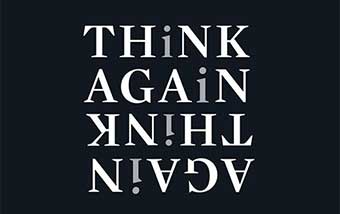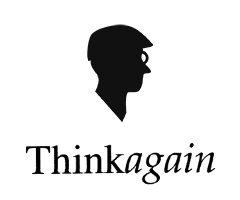In the time of animals
1.5 million years ago, pre-modern hominids moved out of Africa, migrated across the Levant, into the Caucasus, past the Carpathian Mountains, north of the Danube, and on to the great vast “mammoth” steppe of grasslands, and great herds of animals. This is where the big brain hominids could hunt and eat the big stomach mammals who lived on the grasses. This huge savannah, which stretched across Europe and Asia and the Bering Sea land bridge all the way to Alaska and northern Canada, nourished these hominids who eventually became the Neanderthal, who then flourished in the southern temperate regions, north of the alpine mountains, along the north and south valleys of the Pyrenees mountains on the present day border of France and Spain, and west to the Atlantic. This was the garden of eden. It was the time of the animals.
And then modern humans came, leaving Africa some 100,000 years ago, again traveling thru the Levant and on to the steppe, and then west and east, all the way to Australia. In southern France and central Spain, about 40,000 years ago, they encountered the Neanderthal, and over next the 12,000 years, as the modern humans flourished, the Neanderthal retreated, first into small areas of France and Spain, and finally to a last stand near Gilbraltor.
We have no archeology of a war. Neanderthal had bigger brains, and stronger bodies, but modern humans had something else, and that something gave them larger group cooperation, better tools, more successful hunting. They unleashed a veritable ‘explosion’ of cultural creativity.
In the river ledge caves of the valleys of the Pyrenees, at Lascaux, Chauvet, and Altamira, and many others, there is the luxuriant, compelling art of these pre-historic modern humans. There are life-size paintings of running, prancing, rearing, and charging horses, bison, tigers and reindeer. The animals are regal and robust, boastful and healthy, herding and crowding, standing off and mocking. They are relishing their lives on these great, lush grasslands, with gleaming eyes, suspicion, intention, pride, and fear. They own the world. Their human artists hold them in awe.
It was the mind’s eye, in these caves, that painted these paintings. Modern humans had something new. They could hold their visual memories, consciously, long enough and intensely enough to recreate the vivid images of these animals in the darkness of the caves. And not just descriptive details, . . no, also details of salience – posture, emotion, and personality.
Intelligence is the strong use of memory. It is rich retrieval of memory, conscious analysis of memory, and parsing of the key elements of memories. This power, the artistic power, the power of the mind’s eye, is the new power that came with modern humans.
Modern humans made success in virtually all of the ecological niches of the world, harvesting the bounty of wild animals.
And then, 10,000 years ago, from the fertile crescent came the farmers, and the Anthropocene, the time of humans, began.


